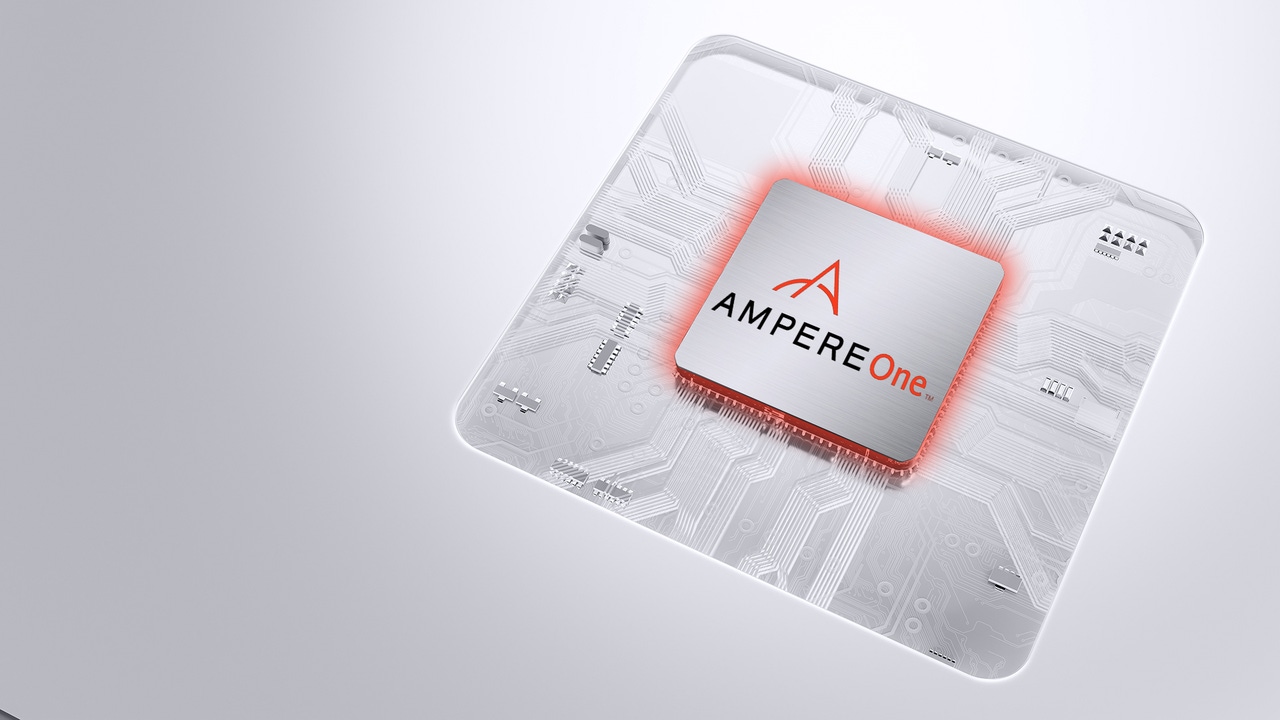HPE and Ampere Take Aim at Intel With Vision of Arm-Based Open RAN ServerHPE and Ampere Take Aim at Intel With Vision of Arm-Based Open RAN Server
US server maker HPE is teaming up with one of the hottest chip startups on a product that could provide much needed competition to Intel.

This article originally appeared on Light Reading.
Dallas-based Geetha Ram deals with Intel all the time in her role as head of telco compute for Hewlett Packard Enterprise (HPE), one of the world's biggest server companies. But she sounds much more enthusiastic about Arm, a UK-based firm touting an alternative to Intel's x86 architecture. Sold to chipmakers like Marvell and Qualcomm, Arm's designs underpin most smartphones and are lauded for their energy-efficiency compared with x86. Ram wants to put them inside the central processing units (CPUs) she would normally buy from Intel.
She has been collaborating with a well-funded chips startup called Ampere Computing on that objective. Founded in 2017 by Renee James, a former Intel president, Ampere has secured $852.8 million in total funds, according to Crunchbase, counting Oracle as one of its biggest investors. Using Arm's blueprints, it is among several companies mounting an assault on Intel's dominant position in data center CPUs. Ram is now pushing it for a general-purpose processor suited to the radio access network (RAN). Success could change that market forever.
Today, the RAN is served mainly by appliances and customized gear (often Arm-based) built by giant kit vendors such as Ericsson and Nokia. In this setup, hardware and software are tightly coupled. With virtualization, however, many operators hope to separate them and dispense with much of the dedicated hardware. Network software would run on common, off-the-shelf servers and be managed with the same cloud tools used for other workloads. But this probably means buying Intel-based equipment.
Arm and Ampere would clearly boost choice for HPE and its customers. One technical challenge is reducing the number of cores, the smaller processors that make up a CPU. Because Arm is less powerful than x86, it has tended to require a higher number of cores to perform the same tasks. HPE's RL300, a data center server already equipped with Ampere's technology, comes with 80- and 128-core CPUs.
But this number would be "overkill" in the mobile access network, according to Ram. "We're talking to Ampere and Arm about a lower core count – 48 is the sweet spot and 64 is still OK, and those would make a lot more sense," she told Light Reading during a recent interview in Austin, Texas.
Three Cheers for Inline
It is achievable, Ram thinks, because most of the computationally demanding network functions would be handled by hardware accelerators, discrete silicon that relieves the CPU of some activities. Using a technique called inline acceleration, the baseband functions – designated Layer 1 in industry lingo – could be offloaded from the CPU onto accelerator cards plugged into an HPE server. This would free up Ampere's CPU for Layers 2 and 3, categories of less demanding RAN functions.
Even with three fully loaded cards for different frequency bands, an operator would not require more than 15 or 20 cores in total, according to Ram. The benefits could be significant, judging by her assessment of how Ampere's existing chips have already performed in other telco network areas outside the RAN. "I can tell you that the 128-core [CPU] cost-wise is about the same as a 32-core Intel," she said. "On top of that, it offers a 35% saving in power."
But Ampere is no slam dunk for the RAN. For one thing, not everyone likes inline acceleration. Tareq Amin, the CEO of Japan's Rakuten Mobile, has ruled out buying cards, regarding them as an additional cost and complication. Both he and Verizon in the US prefer an Intel-backed system called lookaside. More heavily reliant on the CPU, this offloads only select tasks, including one called forward error correction (FEC). It also allows the chip used for acceleration to be included on the same die as the CPU.
Ram's perspective is that neither technique has proven itself in the RAN so far. But she highlights an important advantage of inline over lookaside. "Common sense tells you that if you merge the CPU and the FEC, then you cannot disaggregate," she said. "If you have the CPU and the FEC together, you've got to use it as one." Instead of just slotting in a new card as others become loaded, the operator would have to buy a new server.
While Ram does not oppose lookaside – she says it's a good option for most deployments – she dismisses the criticism that cards are necessarily more expensive. Locating acceleration next to the CPU does not reduce the need for components, she points out. And cramming them onto the motherboard could necessitate the use of a heat sink or cooling device, according to HPE's designers.
Ecosystem Missing
Inline also has a major sponsor in Nokia. One of the reasons, according to a white paper published earlier this year, is that inline is based on the same underlying, Arm-based technology as its traditional RAN products, allowing Nokia to realize economies of scale while virtual and open RAN technology is still not widely used.
"It's the commercial arguments that will carry the day," said Joe Madden, the founder and president of Mobile Experts, an analyst firm. "Virtual RAN shipping volumes are going to be pretty low for the next few years. If you go about developing inline accelerators and invest a lot in a chip to do that, will you get an ROI? Is it better to sit back and let Intel do the investment and just write software and wait for the market to materialize." Ericsson, a supporter of lookaside, may have plumped for that approach.
The real problem for Ampere and other Arm licensees is probably not about acceleration. Rather, it is the lack of a big ecosystem of the kind that has grown up around x86. Ram is not convinced that Red Hat, VMware and Wind River – the main providers of toolkits for private cloud deployments – are ready to support Arm. For the software-writing kit vendors, an Arm ecosystem parallel to an incompatible x86 one could be awkward, too.
"How quickly is everyone going to be willing to adopt it?" said Ram. "The question you always get from Ericsson and Nokia is, 'What's in it for me? Why do I have to maintain two code bases?'." Ram sympathizes with their concerns. But if change is to happen, it will probably be up to the telcos to drive it along.
About the Author
You May Also Like









